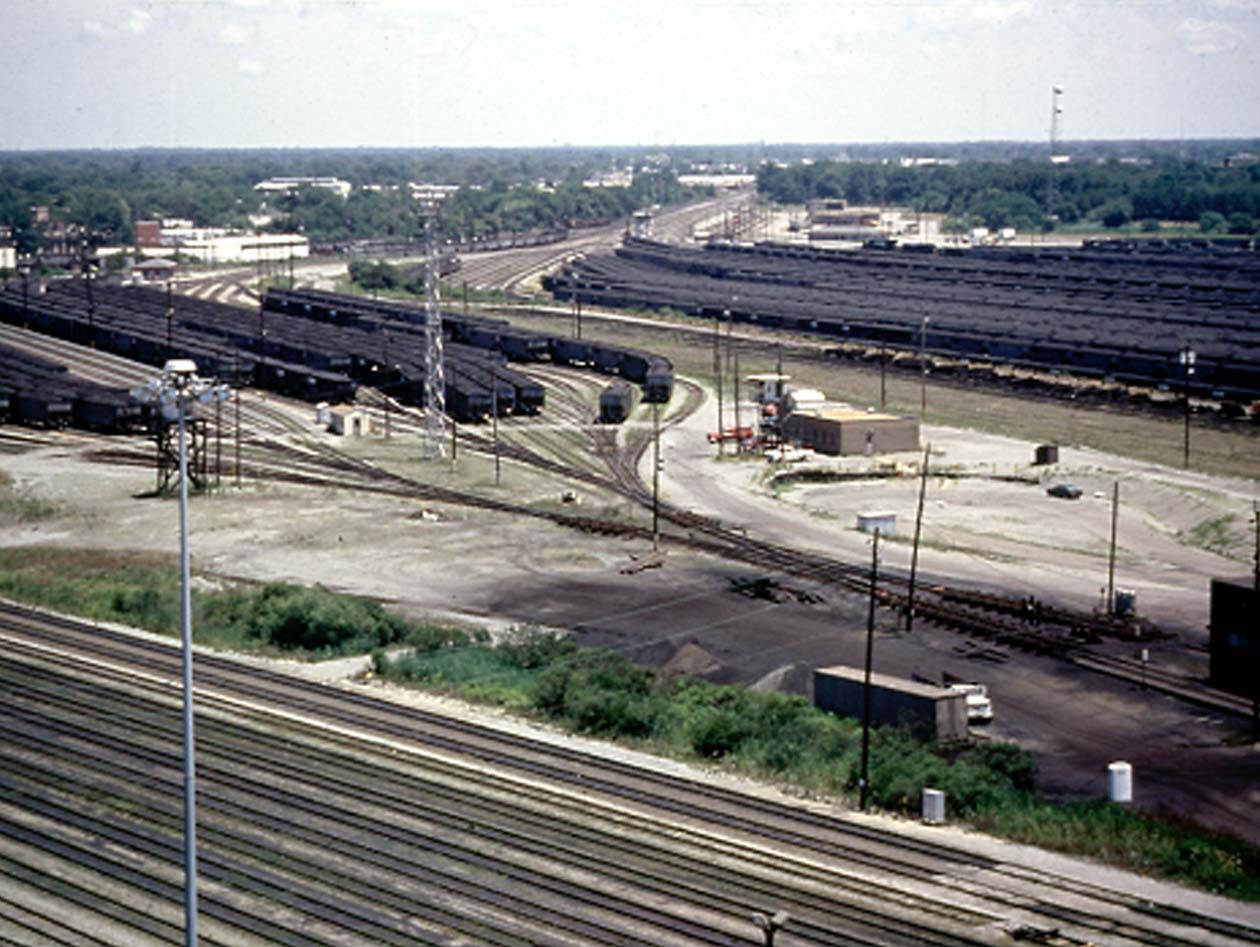Mesaba Procedural Comments now due Jan. 30th
January 22nd, 2006

(Burp!!! I’d wanted to make cupcakes, but I don’t have the pans, so instead I made Creole Devil’s Food Cake a la Betty Crocker, and then corncake with cilantro and creamed corn… not bad… but I’ll keep an eye out at the Salvation Army for muffin pans. It’s Krie’s birthday next week, she’ll be 8, maybe a special lamb & rice cupcake?)
The PUC has sent out a notice that the time for procedural comments on the Excelsior Power Purchase Agreement filed with the PUC has been extended.
To look at what’s been filed, there are a few ways:
1) Go to the PUC’s eDockets and under “Docket Number” type in “05” and “1993” or
2) Go to Excelsior Energy’s site and go to Regulatory Filngs and download — it’s changed, before you had to fill out a form and ask/beg them to send them to you; or
3) Go to www.mncoalgasplant.com and get it all there!
Send Comments, by January 30 @ 4:30 p.m., to:
Burl Haar
Executive Secretary
PUC
121 – 7th Place East, Suite 350
St. Paul, MN 55101-2147

What the PUC is looking for, when they say “procedural comments,” is “the appropriate process for the case, including whether it should be set for contested case hearing and what the scope of any such hearing should be.” And now they’ve added another request: “Any issues surrounding parties’ ability to obtain trade secret information still outstanding at that time should be address…” Let’s see, I sent them a Non-Disclosure Agreement to review about three weeks ago, and not one word, not a peep from Tom Osteraas, Michael Wadley or even Chris Wessman! Think that might be an issue???
The scope is logically the things set out in the statute as the hoops they have to jump through.
Here’s the relevant statutes according to Excelsior Energy.
Take a careful look at what the hoops are that they have to jump through to get all these perks (emphasis underlining added)
216B.1693 Clean energy technology.
(a) If the commission finds that a clean energy technology is or is likely to be a least-cost resource, including the costs of ancillary services and other generation and transmission upgrades necessary, the utility that owns a nuclear generating facility shall supply at least two percent of the electric energy provided to retail customers from clean energy technology.
(b) Electric energy required by this section shall be supplied by the innovative energy project defined in section 216B.1694, subdivision 1, unless the commission finds doing so contrary to the public interest.
(c) For purposes of this section, “clean energy technology” means a technology utilizing coal as a primary fuel in a highly efficient combined-cycle configuration with significantly reduced sulfur dioxide, nitrogen oxide, particulate, and mercury emissions from those of traditional technologies.
(d) This section expires January 1, 2012.
216B.1694 Innovative energy project.
Subdivision 1. Definition. For the purposes of this section, the term “innovative energy project” means a proposed energy-generation facility or group of facilities which may be located on up to three sites:
(1) that makes use of an innovative generation technology utilizing coal as a primary fuel in a highly efficient combined-cycle configuration with significantly reduced sulfur dioxide, nitrogen oxide, particulate, and mercury emissions from those of traditional technologies;
(2) that the project developer or owner certifies is a project capable of offering a long-term supply contract at a hedged, predictable cost; and
(3) that is designated by the commissioner of the Iron Range Resources and Rehabilitation Board as a project that is located in the taconite tax relief area on a site that has substantial real property with adequate infrastructure to support new or expanded development and that has received prior financial and other support from the board.
Subd. 2. Regulatory incentives. (a) An innovative energy project:
(1) is exempted from the requirements for a certificate of need under section 216B.243, for the generation facilities, and transmission infrastructure associated with the generation facilities, but is subject to all applicable environmental review and permitting procedures of sections 116C.51 to 116C.69;
(2) once permitted and constructed, is eligible to increase the capacity of the associated transmission facilities without additional state review upon filing notice with the commission;
(3) has the power of eminent domain, which shall be limited to the sites and routes approved by the Environmental Quality Board for the project facilities. The project shall be considered a utility as defined in section 116C.52, subdivision 10, for the limited purpose of section 116C.63. The project shall report any intent to exercise eminent domain authority to the board;
(4) shall qualify as a “clean energy technology” as defined in section 216B.1693;
(5) shall, prior to the approval by the commission of any arrangement to build or expand a fossil-fuel-fired generation facility, or to enter into an agreement to purchase capacity or energy from such a facility for a term exceeding five years, be considered as a supply option for the generation facility, and the commission shall ensure such consideration and take any action with respect to such supply proposal that it deems to be in the best interest of ratepayers;
(6) shall make a good faith effort to secure funding from the United States Department of Energy and the United States Department of Agriculture to conduct a demonstration project at the facility for either geologic or terrestrial carbon sequestration projects to achieve reductions in facility emissions or carbon dioxide;
(7) shall be entitled to enter into a contract with a public utility that owns a nuclear generation facility in the state to provide 450 megawatts of baseload capacity and energy under a long-term contract, subject to the approval of the terms and conditions of the contract by the commission. The commission may approve, disapprove, amend, or modify the contract in making its public interest determination, taking into consideration the project’s economic development benefits to the state; the use of abundant domestic fuel sources; the stability of the price of the output from the project; the project’s potential to contribute to a transition to hydrogen as a fuel resource; and the emission reductions achieved compared to other solid fuel baseload technologies; and
(8) shall be eligible for a grant from the renewable development account, subject to the approval of the entity administering that account, of $2,000,000 a year for five years for development and engineering costs, including those costs related to mercury-removal technology; thermal efficiency optimization and emission minimization; environmental impact statement preparation and licensing; development of hydrogen production capabilities; and fuel cell development and utilization.
(b) This subdivision does not apply to nor affect a proposal to add utility-owned resources that is pending on May 29, 2003, before the Public Utilities Commission or to competitive bid solicitations to provide capacity or energy that is scheduled to be on line by December 31, 2006.

Leave a Reply